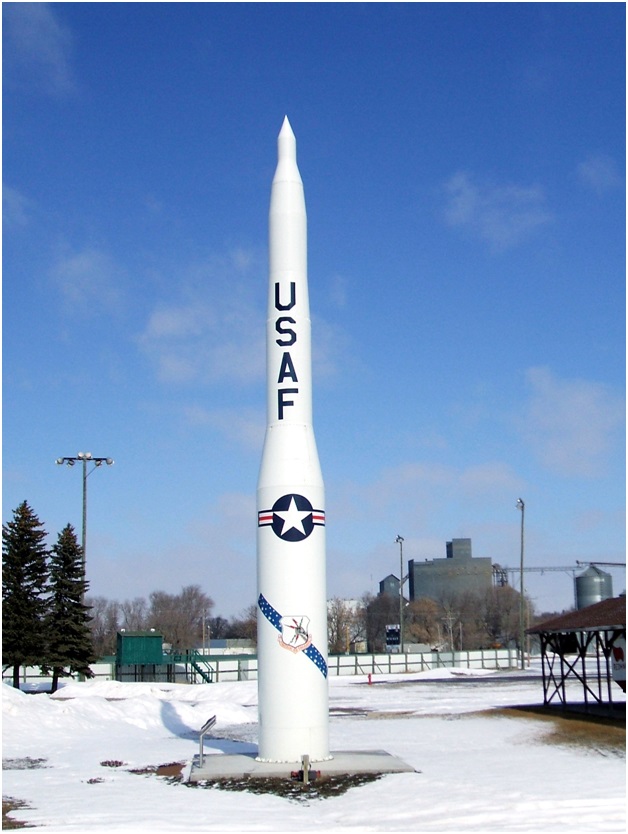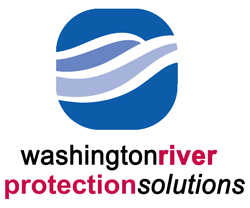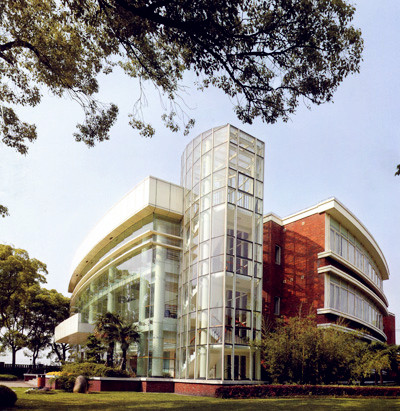I have blogged several times about problems with the soldiers and facilities of the U.S. nuclear missile arsenal. Over the past few years there have been scandals involving top generals and commanders of the nuclear missile force. Soldiers have been caught deal drugs and cheating on their regular qualification exams. There have been a lot of news stories about these problem. The problems extend beyond the military and missiles bases into the civilian agencies that are responsible for oversight and funding. The government did not seem to be aware of the depth and breadth of the problem. The public is not paying much attention to nuclear weapons which seem to them to be an outmoded relic of the Cold War.
The U.S. government is failing to properly manage the combination of machines, people and organizations that are necessary to maintain the U.S. nuclear missile force. Part of the problem is the tighten of budgets for nuclear weapon systems. In addition, there has been a decline in political support for nuclear weapons. A recent article from the AP said, “What have been slipping are certain key building blocks — technical expertise, modern facilities and executive oversight on the civilian side, and discipline, morale and accountability on the military side.” A panel on the Governance of the Nuclear Security Enterprise stated that, “This lack of attention has resulted in public confusion, congressional distrust and a serious erosion of advocacy, expertise and proficiency in the sustainment of the nation’s nuclear weapons capabilities.” The report also said that today’s nuclear weapons are sound but that, “there is no affordable, executable (government) vision, plan or program for the future of nuclear weapons capabilities.”
The U.S. Defence Secretary called for a thorough review of the problems last February. He had previously said that there is “something wrong” in the U.S. nuclear missile forces and said that we needed both short term solutions and long term solutions to the problems. Both an internal review and an external review were concluded recently and the internal report said that there were problems from aging equipment to “a culture of excessive inspections and the blurring of the lines between accountability and perfection in the Air Force.”
The internal report and external review both stated that there was ” a nuclear workforce that was dedicated, capable, and performing well in spite of challenges resulting from being understaffed, under-resourced, and reliant on an aging and fragile supporting infrastructure in an over-inspected and overly risk-averse environment.” The Defence Department said that “Both reports identified serious issues with potential real world consequences if not addressed — some of which require long term and permanent cultural and structural changes.”
The situation is especially troubling in light of the call for spending billions of dollars in the near future to upgrade our nuclear arsenal. Without decent oversight and planning, what guarantee is there that such allocation of funds will properly spent and not wasted? It would seem to me that there is a lot of work to be done in correcting the current situation before more money is spent.
U.S. Minuteman Nuclear Missile:







